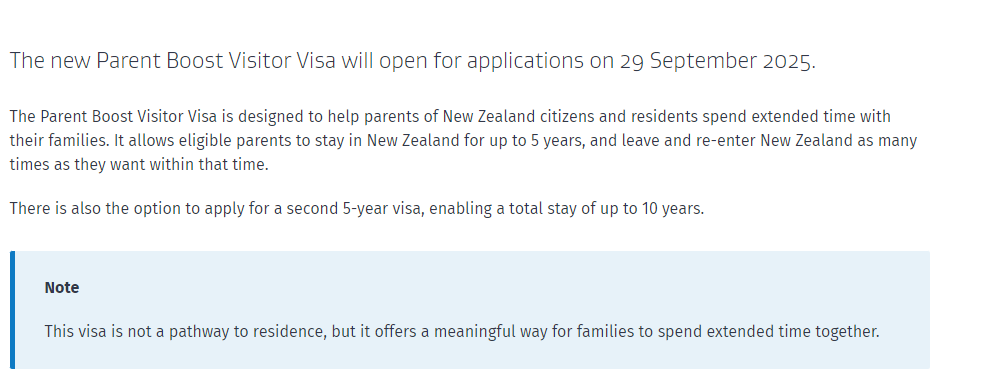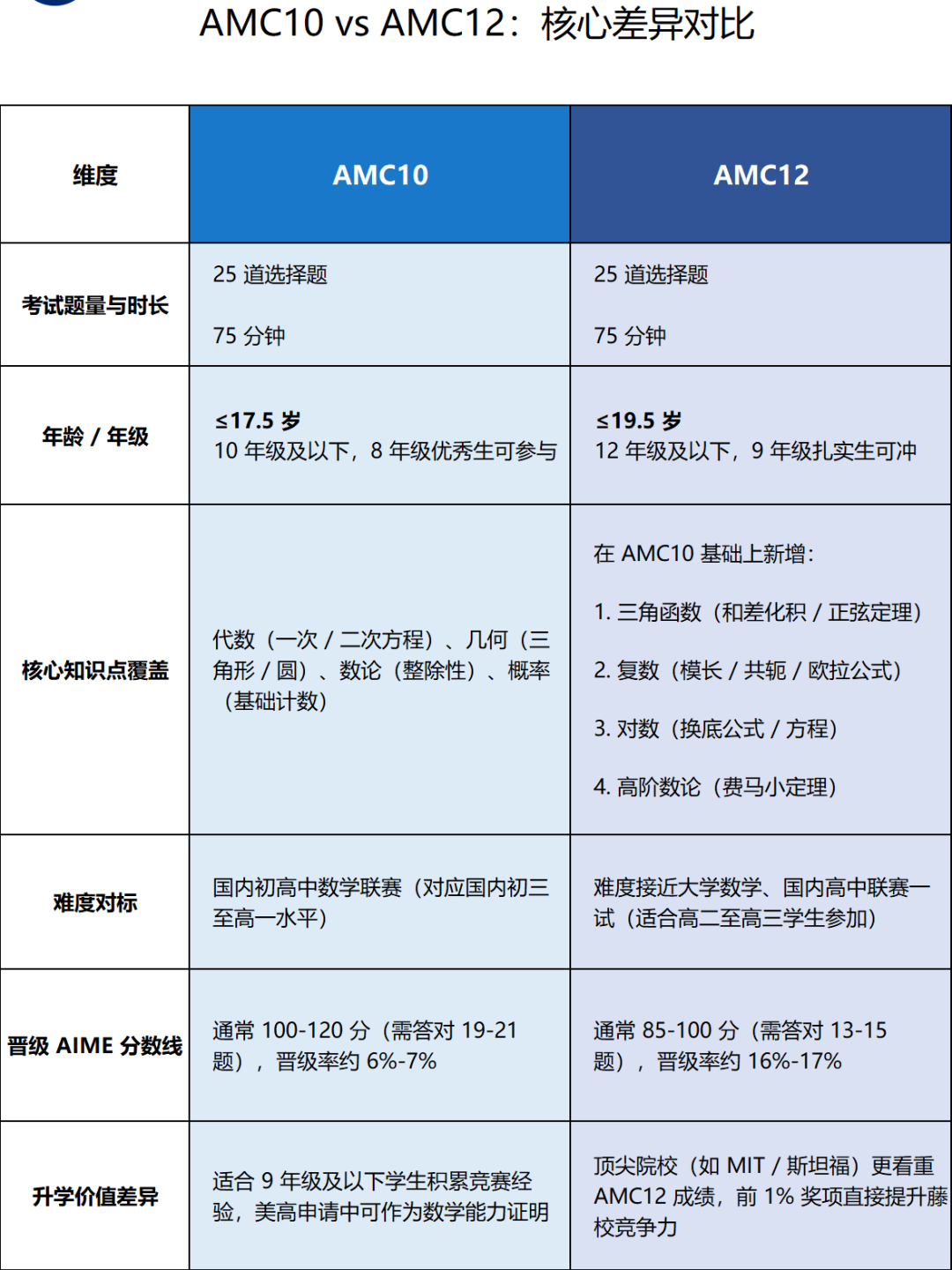双边类大作文,城市规划类话题
Some people think the newly built houses should be as same as the old house style in local areas. Others argue that local authorities should allow people to build houses in their own style. Discuss both views and give your opinion.
题目来源:2025年6月21日大陆雅思大作文(重复2021年6月12日亚太大作文)
1、题目大意
有些人认为新建的房子应该和当地的旧房子风格一样。其他人则认为,地方当局应该允许人们以自己的风格建造房屋。讨论这双方观点并给出自己的看法。
2、思路解析
这是一道双边类大作文,聊的是新建筑的风格问题。双边类的题目,需要对每个观点分别表达同意或反对,最终的结论就是我的立场,可以是中立(双方都同意或都反对),也可以是单边支持某一方立场。
审题时需要注意两点,一是讨论主题是newly built houses,不要和其他主题(比如旧建筑保护)等搞混。二是支持任何一方都可以,没有对错之分,只要合理即可。下面老师带大家看下两边的观点。
首先来看,支持风格保持一致的观点,有两方面。
一方面,有助于保护地域文化与历史连续性。如果所有新建建筑严格沿袭传统外观与布局,整体视觉延续不仅能让居民在日常生活中感受家乡的人文底蕴,还能强化社区认同感与历史归属感,从而避免因现代化改造而造成的文化割裂与地标消失。
另一方面,可以增加护旅游吸引力与经济收益。许多发展文化旅游的小城镇,其原始风格就是最具竞争力的卖点之一。若新房外观突然跳脱既有风貌,容易破坏整体景观的和谐度,进而导致旅游收入下滑,连带影响当地餐饮、手工艺品产业链等。
再来看支持个人风格的观点,同样有两方面。
一是为了满足现代生活功能与技术需求。现在建筑对于空间布局、房屋功能等要求远高于旧时。若一味复制传统结构,可能无法安装现代设备或满足现代的需求。
二是应当尊重个人财产权与审美自由。房屋往往是普通家庭最大的资产,若被强制限定风格,等同于对私人财产的处置权加设外部约束。在尊重传统风貌的同时,政府更应扮演指导与协调角色,而非“一刀切”禁止。
3、提纲

4、高分范文示例
In many communities, the architectural style of new housing developments is a contentious issue. Some people argue that newly built homes should strictly emulate the traditional appearance of older local buildings, while others believe that local authorities should permit residents to design their houses in whatever style they prefer. In my opinion, the latter approach is better, and people should have the freedom to build houses in their own style.
On the one hand, proponents of architectural uniformity argue that new houses should blend in with the existing local style to preserve the area’s cultural heritage and visual harmony. For these people, ensuring that all buildings share a similar design maintains the historic character of a community. A cohesive style is aesthetically pleasing and can even boost local pride and tourism, as visitors often appreciate towns where the architecture is consistent and evocative of the region’s history. For instance, some cities have passed regulations mandating that all new buildings in historic districts must adhere strictly to traditional designs. Many credit these policies with helping those cities retain a unique architectural identity, which might otherwise have been diluted. Thus, building in the same style as older houses is seen as a way to safeguard local identity and ensure a unified, visually pleasing cityscape.
On the other hand, many people contend that homeowners should be free to design their houses in any style they wish, as this freedom fosters creativity and innovation. From this perspective, allowing diverse architectural styles leads to more interesting and dynamic neighborhoods. Each era can leave its mark through contemporary designs, and modern structures often better accommodate current needs—such as incorporating advanced materials or energy-efficient features that traditional designs may lack. Indeed, urban planners often note that cities are not museums, and a mix of old and new architecture is a hallmark of a vibrant, successful city. Moreover, a house is a personal space, so having the freedom to choose its style means it can reflect the owner’s personality and preferences. Thus, advocates of design flexibility argue that it results in more creative, diverse, and forward-looking communities.
In conclusion, there are merits to both sides of this debate: maintaining a consistent traditional style can protect cultural heritage, whereas allowing diverse styles encourages creativity and personal expression. I personally favor the latter approach, as it permits architectural innovation and respects individual freedom without undermining the character of local communities.
5、相关词汇和语法结构
architectural style 建筑风格
contentious issue 有争议的问题
emulate the traditional appearance 仿效传统外观
local authorities 当地政府
visual harmony 视觉和谐
cultural heritage 文化遗产
historic character 历史特色
cohesive style 协调一致的风格
boost local pride 提升当地的自豪感
evoke the region’s history 唤起当地历史
strict regulations 严格的规定
retain architectural identity 保留建筑特色
foster creativity and innovation 促进创造力与创新
dynamic neighborhoods 充满活力的社区
contemporary designs 当代设计
accommodate current needs 满足当前需求
advanced materials 先进材料
energy-efficient features 节能特点
reflect personality and preferences 体现个性和喜好
vibrant, successful city 充满活力、繁荣的城市













